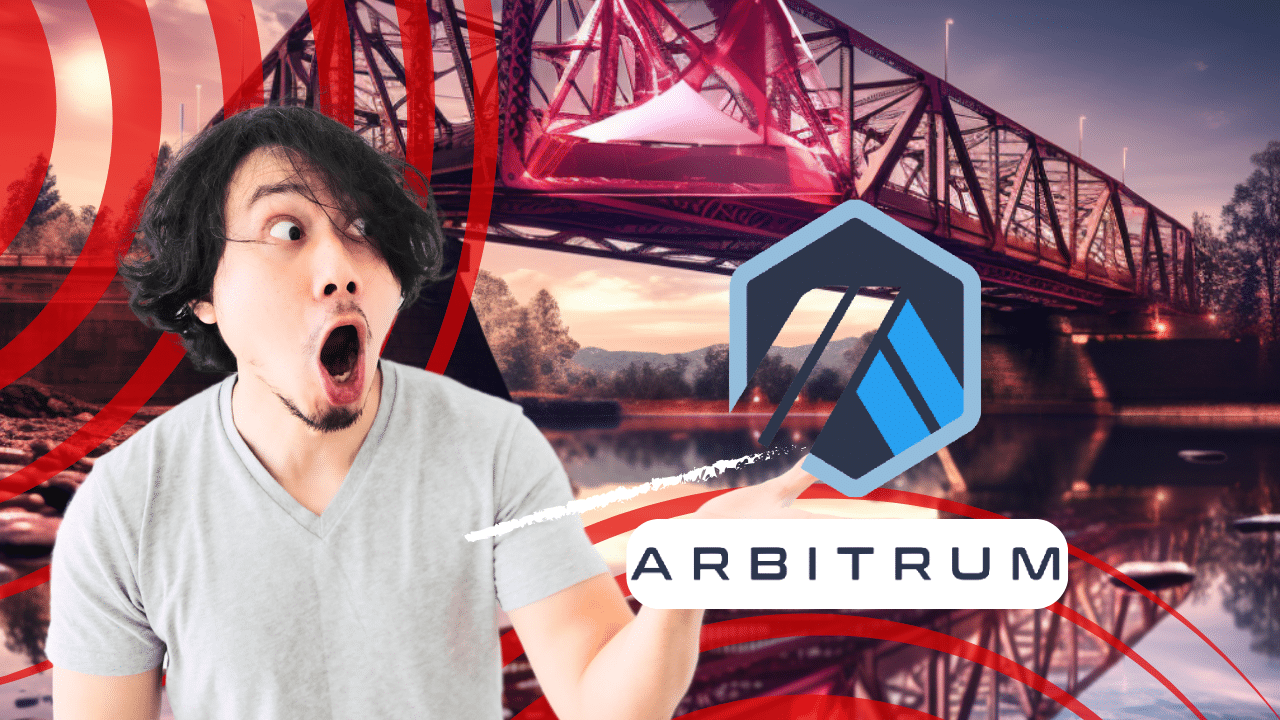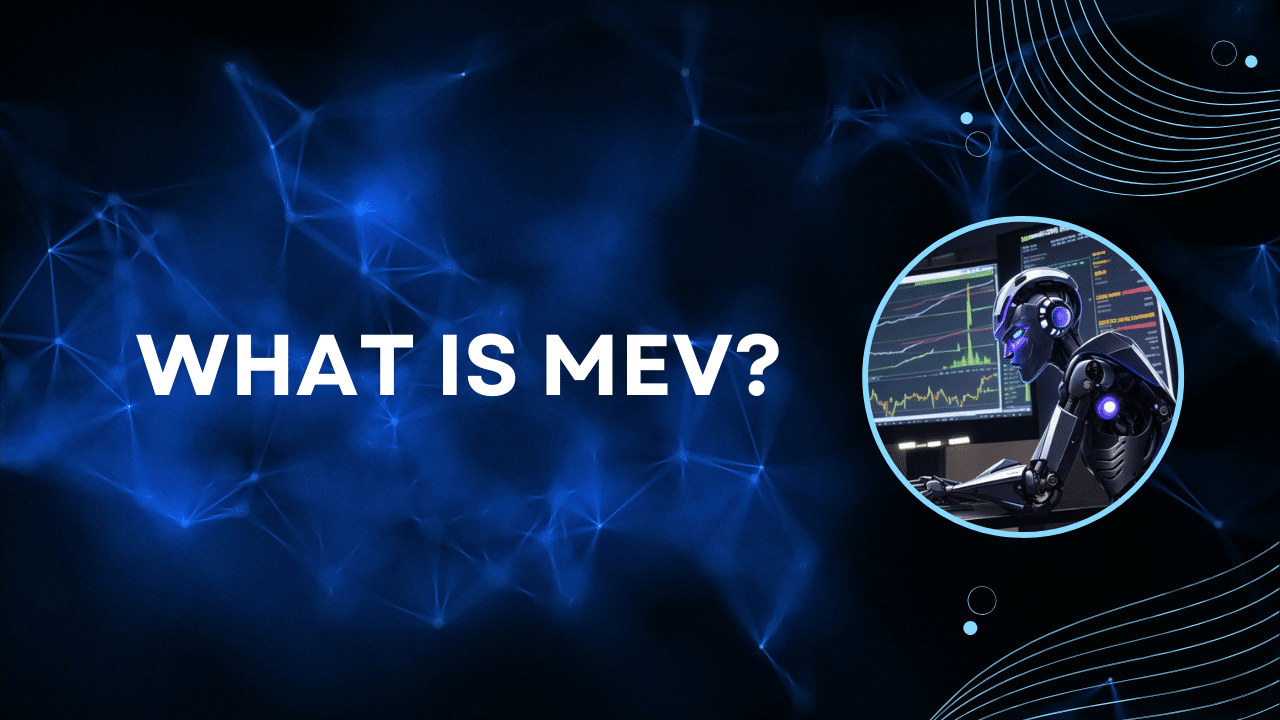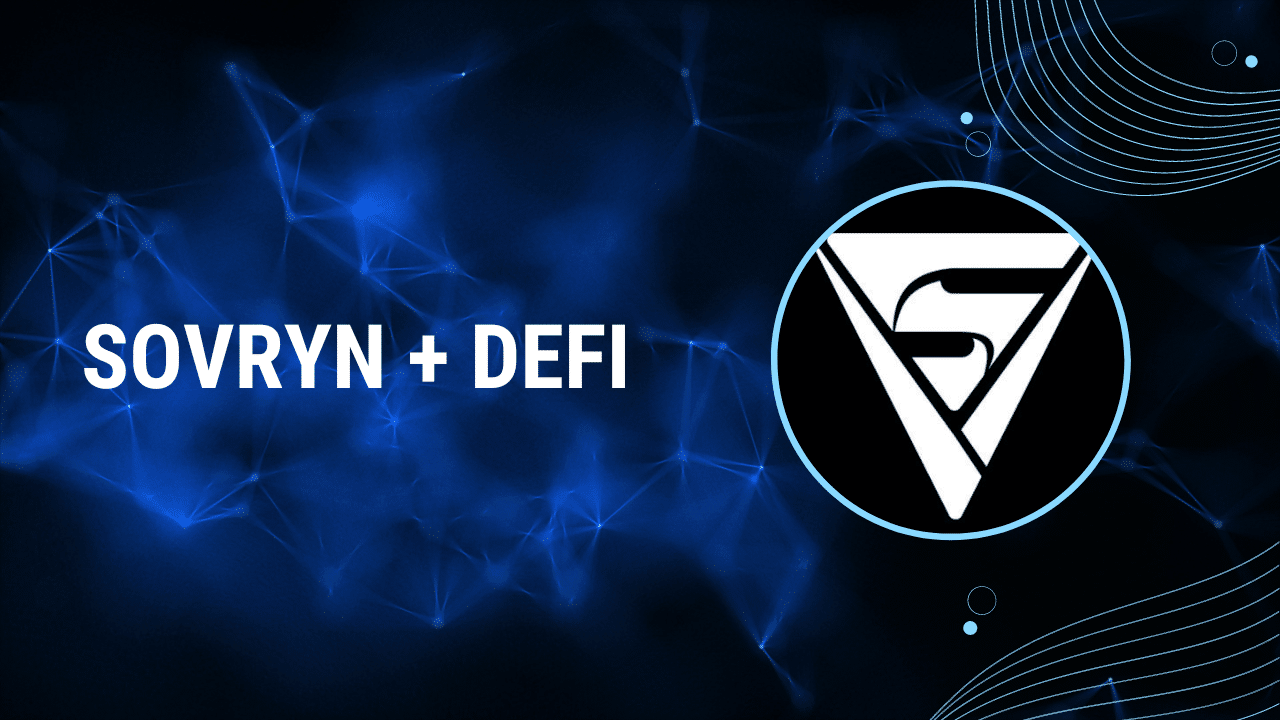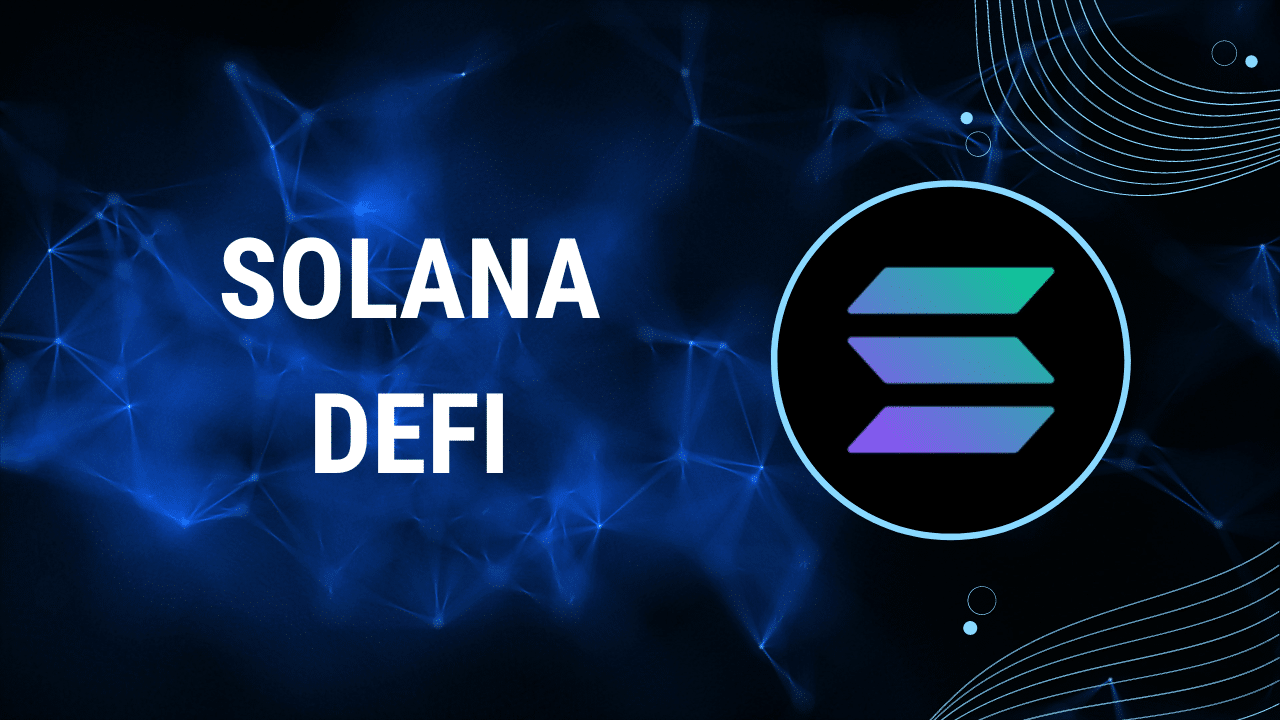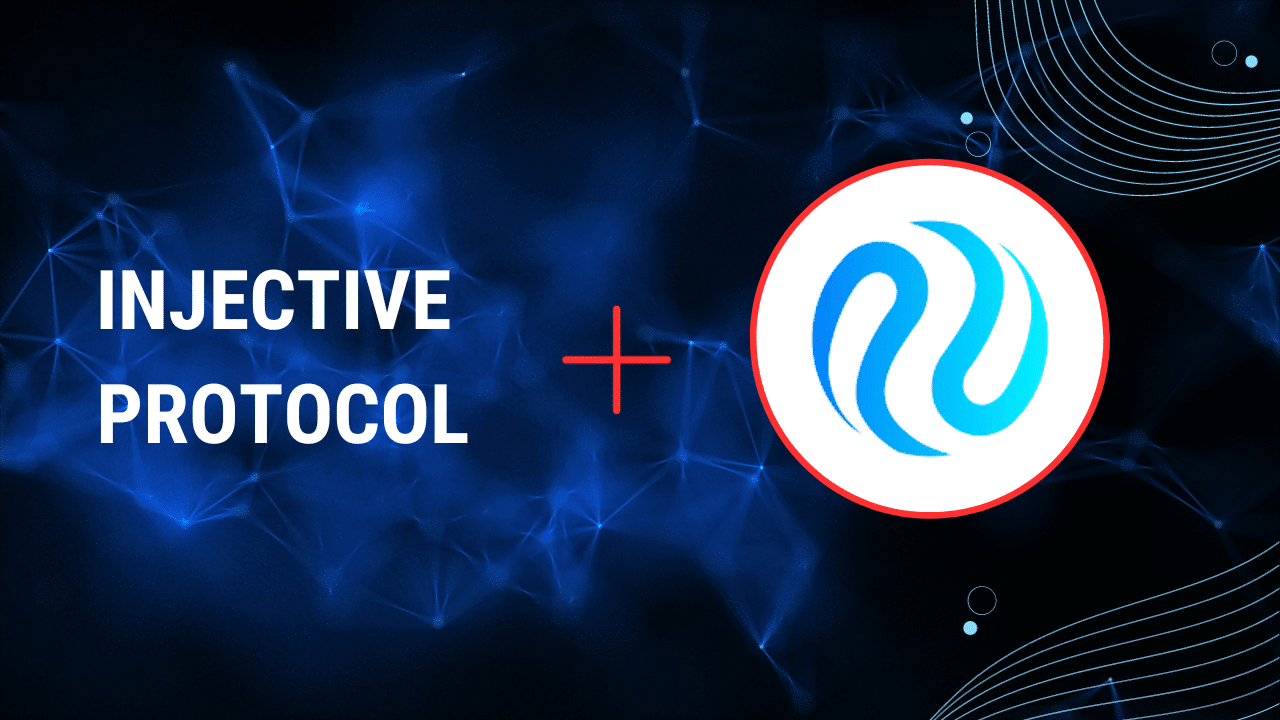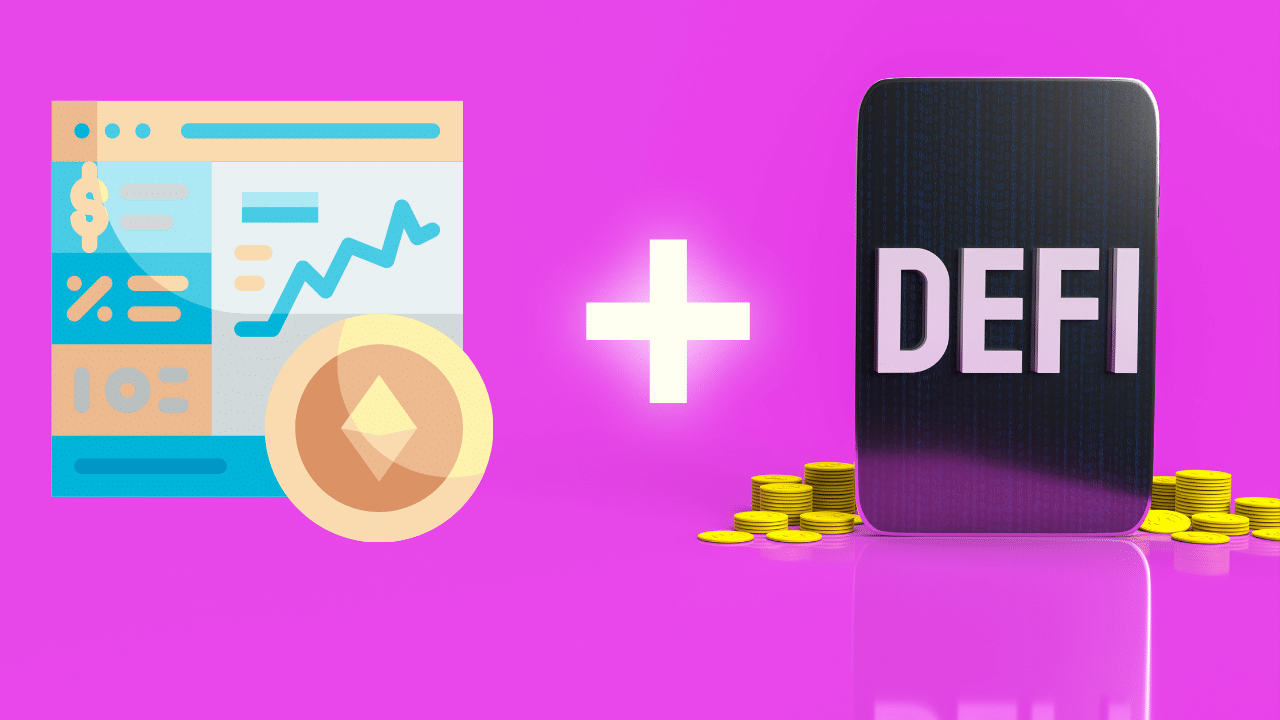Contents
|
|
Arbitrum bridges are a protocol that acts as the key to seamless interoperability between different blockchain networks. These bridges enable the transfer of bridging assets and bridged tokens, making it easier for users to navigate between various crypto networks using tools like Metamask. These bridging mechanisms enable the transfer of crypto assets and data across different blockchain ecosystems, facilitating enhanced functionality for decentralized applications (dApps) through the use of bridged tokens. By bridging the gaps between blockchains, Arbitrum plays a crucial role in expanding the reach and potential of decentralized technologies, including crypto. With its ability to seamlessly connect different networks, Arbitrum enables efficient and secure transactions, allowing users to easily access and interact with their metamask wallets and transaction data.
With their ability to connect various crypto chains, Arbitrum bridges promote innovation and collaboration among developers and users alike. These bridges act as bridging assets, enabling seamless interaction between different blockchain networks. Users can easily access these bridges using tools like Metamask. This protocol connects different chains, bridging assets and enabling users to connect their wallets to leverage various blockchain functionalities simultaneously. The seamless transfer of assets and data facilitated by Arbitrum bridges enhances efficiency and accessibility in the decentralized ecosystem. With chain transfers and chain bridging, users can easily move their assets between different chains using their wallet. This allows for a more efficient and accessible decentralized ecosystem.
In summary, Arbitrum bridges, also known as bridging assets, are instrumental in creating a unified network of blockchains, fostering collaboration, innovation, and expanding the possibilities of decentralized applications. These bridges, powered by the synapse technology, allow for seamless communication and transfer of assets between different blockchain networks. By utilizing a secure and efficient wallet, users can easily manage and interact with their bridging assets across various platforms.

Contents
Understanding Blockchain Bridges and Their Benefits
Blockchain bridges are essential for bridging connections between separate blockchain networks. These bridges act as synapses, linking the chains and enabling seamless transfer of assets between them. Additionally, they provide a secure wallet for users to store and manage their digital assets across different blockchains. These bridging mechanisms enhance scalability by offloading transactions from congested chains to more efficient ones, resulting in improved network performance. The synapse between these chains ensures seamless transfer of data. Additionally, users can securely store their digital assets in a wallet, which provides a secure and convenient way to manage their funds. This block-based approach enables faster and more efficient processing of transactions.
Enhancing Scalability
By utilizing blockchain bridges, transaction data can be transferred from one chain to another, reducing the burden on congested networks. This process can be done seamlessly using a wallet that is compatible with both chains, such as Synapse. By leveraging Synapse’s capabilities, users can easily transfer their transaction data between different chains, ensuring smooth and efficient transactions without overwhelming the network. Additionally, users can take advantage of arbitrage opportunities by quickly moving their funds between different chains using Synapse’s wallet. This process, known as chain transfer or cross-chain communication, allows for faster and more efficient processing of transactions using the synapse wallet. Using a synapse wallet can help prevent bottlenecks and congestion on a single blockchain, resulting in enhanced overall scalability.
Enabling Cross-Chain Asset Transfers
One of the significant benefits offered by blockchain bridges is the ability to bridge assets across different blockchains using a wallet and synapse technology. Users can seamlessly transfer tokens between different networks using chain transfers and chain bridging, opening up new possibilities for decentralized applications (DApps) and cryptocurrency holders. With the use of a wallet and a chain bridge, users can easily move their tokens across various networks. With bridged tokens, users can leverage synapse to access a wider range of assets and seize various opportunities within the blockchain ecosystem.
Fostering Interoperability
The increased interoperability provided by blockchain bridges fosters a more connected and inclusive blockchain ecosystem, enhancing the efficiency and effectiveness of synapse communication. It allows different blockchains to communicate with each other effectively, enabling seamless interactions between various platforms and applications. This interoperability promotes innovation and collaboration among developers, leading to the creation of novel use cases for cryptocurrencies and decentralized technologies. It also facilitates chain bridging and chain transfers, allowing for seamless integration between different blockchain networks. With this source chain connectivity, developers can leverage the benefits of multiple chains and unlock new possibilities for their projects.
Exploring the Top Bridges on Arbitrum
The Arbitrum network offers a range of prominent bridge solutions for seamless cross-chain interactions. These bridges enable users to transfer assets and data between different blockchain networks with ease. Let’s take a closer look at some of the top bridges available on Arbitrum for chain bridging and chain transfers.
Ethereum Mainnet Bridge
The Ethereum Mainnet Bridge on Arbitrum is a popular choice among users who want to connect their Ethereum-based assets through chain bridging to the Arbitrum layer. This bridge facilitates seamless chain transfer of assets between Ethereum and Arbitrum. This bridge allows for quick and efficient transfers on the chain, ensuring that users can enjoy the benefits of low fees and fast transaction speeds. With this bridge, you can easily transfer your ETH or ERC-20 tokens from the Ethereum mainnet to Arbitrum in a matter of minutes, utilizing the chain transfer feature.
Polygon Bridge
Another notable bridge on Arbitrum is the Polygon Bridge, which provides connectivity between the Polygon chain (formerly Matic) and the Arbitrum chain. This bridge opens up opportunities for users to leverage assets and applications from both the chain and networks. By using this bridge, you can seamlessly transfer tokens between Polygon and Arbitrum, enabling you to take advantage of various decentralized finance (DeFi) protocols available on both chains.
Binance Smart Chain Bridge
For those who prefer interacting with the Binance Smart Chain (BSC), there is also a dedicated bridge available on Arbitrum. This bridge facilitates smooth transfers between BSC and Arbitrum, allowing users to tap into liquidity pools, yield farming opportunities, and other DeFi applications across both chains.
Each of these bridges caters to different user preferences and requirements within the broader crypto community, connecting different blockchains in the chain. Whether you are an avid Ethereum user or prefer working with Polygon or Binance Smart Chain, these bridges offer convenient ways to access new opportunities while leveraging the benefits provided by Arbitrum’s layer 2 technology.
Bridging from Ethereum Mainnet to Arbitrum: A Step-by-Step Guide
This section provides a detailed walkthrough on how to transfer assets from Ethereum Mainnet to Arbitrum using a bridge chain.
Choose suitable bridge provider
To get started on Arbitrum, the first step is to choose a suitable bridge provider on the chain based on your needs. There are several chain options available, each with its own chain features and chain benefits. Take some time to research and compare different chain providers before making a decision.
Connect your wallet or account
Once you have chosen a bridge provider, the next step is to connect your wallet or account with their interface using the chain. This will allow you to access and interact with the bridge’s chain functionalities. Follow the instructions provided by the chosen provider to securely establish this chain connection.
Select asset for bridging
After connecting your wallet or account to the Ethereum Mainnet chain, you can now select the desired asset that you want to bridge from the Ethereum Mainnet chain to the Arbitrum chain. Whether it’s Ether (ETH), ERC-20 tokens, or other assets supported by the chain, make sure you have them available in your wallet before proceeding.
Specify amount and initiate transfer
With the selected asset, specify the amount you wish to transfer from the Ethereum Mainnet chain to the Arbitrum chain. Double-check all details in the blockchain, such as addresses and transaction fees, ensuring accuracy before proceeding with the chain. Once everything looks good, initiate the bridging process by confirming the transaction on the chain.
Wait for confirmation
After initiating the transfer, it may take some time for the transaction to be processed and confirmed on both networks in the chain. Be patient and wait for confirmation notifications from both Ethereum Mainnet and Arbitrum networks before considering the process complete.
By following these steps carefully, users can seamlessly transfer their assets from Ethereum Mainnet to Arbitrum using a bridge of their choice. It’s important to note that while bridges provide convenience and interoperability between networks, users should always exercise caution when dealing with digital assets and ensure they understand any associated risks.
Advantages of Using Arbitrum Bridges for Lower Transaction Fees
Utilizing an arbitrum bridge can bring about significant advantages in terms of reducing transaction costs, especially when compared to operating solely on the Ethereum Mainnet. By leveraging these bridges, users can enjoy lower gas fees, making microtransactions more feasible while maintaining security and decentralization.
Arbitrum bridges provide a solution that enables users to benefit from the vast liquidity of the Ethereum ecosystem while enjoying reduced transaction expenses. This means that even small fees become more manageable, allowing users to engage in a wider range of transactions without breaking the bank.
The primary advantage of utilizing Arbitrum bridges is the substantial reduction in transaction fees. With lower gas fees, users can save money on each transaction they make. This not only benefits individuals but also opens up new possibilities for businesses and developers who rely on frequent transactions within their applications or platforms.
Here are some key advantages of using Arbitrum bridges for lower transaction fees:
-
Cost-effective blockchain solution: By leveraging Arbitrum bridges, users gain access to a more affordable blockchain alternative without sacrificing functionality.
-
Increased feasibility for microtransactions: Lower gas fees make it more practical and economical to conduct smaller transactions.
-
Maintained security and decentralization: Despite the reduced costs, Arbitrum bridges still ensure a high level of security and maintain the decentralized nature of blockchain networks.
-
Access to Ethereum‘s liquidity: Users can tap into the extensive liquidity provided by the Ethereum ecosystem while benefiting from reduced transaction expenses.
-
Expanded possibilities for businesses and developers: Lower transaction fees enable businesses and developers to explore new opportunities within their applications or platforms that require frequent transactions.
Comparative Analysis of Ether/Ethereum (ETH) and Ethereum Mainnet
This section provides a comparative overview of Ether (ETH) and Ethereum Mainnet, highlighting their distinct characteristics.
Ether: The Native Token of the Ethereum Network
Ether, often referred to as ETH, is the native cryptocurrency of the Ethereum network. It serves as a medium of exchange within the Ethereum ecosystem. Users can send and receive ETH as a form of digital currency.
Ethereum Mainnet: The Primary Blockchain Network
Ethereum Mainnet, also known simply as “Mainnet,” is the primary blockchain network where most ETH transactions occur. It acts as the underlying infrastructure for executing smart contracts and decentralized applications (DApps).
Key Differences between Ether and Ethereum Mainnet
While ETH represents value in the form of a tradable asset, Ethereum Mainnet serves as the backbone that enables various functionalities within the ecosystem. Here are some key differences:
-
Data Execution: On Ethereum Mainnet, smart contracts are executed, enabling developers to create decentralized applications that run on the network.
-
Asset Ownership: ETH represents ownership of digital assets on the blockchain.
-
Transaction Costs: When interacting with DApps or sending transactions on Ethereum Mainnet, users need to pay transaction fees in ETH.
-
Security: The security of both ETH and transactions on Ethereum Mainnet relies on consensus mechanisms like proof-of-work (PoW) and will transition to proof-of-stake (PoS) in the future.
-
Ecosystem Expansion: As more developers build DApps on top of Ethereum Mainnet, it leads to an expanding ecosystem with diverse use cases.
Choosing the Best Bridge for Your Needs on Arbitrum
There are several factors you should consider before making a decision. Let’s dive into the key points that will help you choose the best bridge for your specific requirements.
Supported Assets, Transaction Fees, Speed, and Security
One of the first things you should evaluate when selecting an Arbitrum bridge is the range of supported assets. Different bridges may have varying capabilities in terms of connecting assets from one blockchain network to another. It’s crucial to assess transaction fees associated with each bridge option, as well as their processing speed and security measures.
Reputation and Track Record
To ensure a smooth cross-chain transfer experience, it is essential to assess the reputation and track record of different bridge providers. Look for providers who have established themselves as reliable and trustworthy in handling chain bridging operations. A provider with a solid reputation can give you peace of mind knowing that your assets are in safe hands.
User Feedback and Reviews
User feedback and reviews play a vital role in gauging the overall performance and reliability of each bridge option. Take some time to research what other users have experienced when using these bridges. Their insights can provide valuable information about any potential issues or advantages associated with specific bridges.
Asset Compatibility and Desired Blockchain Connections
Consider your specific requirements regarding asset compatibility and desired blockchain connections. Some bridges may specialize in connecting certain types of assets or focus on particular blockchain networks. Prioritize bridges that align with your needs to ensure seamless connectivity between platforms.
By considering factors such as supported assets, transaction fees, speed, security, reputation, user feedback, and asset compatibility, you can make an informed decision when choosing an Arbitrum bridge that suits your needs best.
The significance of Arbitrum bridges
In conclusion, Arbitrum bridges play a crucial role in the blockchain ecosystem by enabling seamless and efficient interoperability between Ethereum Mainnet and Arbitrum. These bridges offer several benefits, including lower transaction fees, faster confirmation times, and increased scalability. By bridging assets from Ethereum Mainnet to Arbitrum, users can take advantage of the benefits offered by the Layer 2 solution while still maintaining access to the wider Ethereum ecosystem.
To make the most out of Arbitrum bridges, it is important to carefully consider your specific needs and choose the bridge that aligns with your requirements. Whether you prioritize lower transaction fees or faster confirmation times, conducting a comparative analysis of Ether/Ethereum (ETH) and Ethereum Mainnet will help you make an informed decision. By following a step-by-step guide on bridging from Ethereum Mainnet to Arbitrum, you can seamlessly transition to this Layer 2 solution.
FAQs
How do I choose the best bridge for my needs on Arbitrum?
Choosing the best bridge for your needs on Arbitrum depends on various factors such as transaction fees, confirmation times, and asset support. Consider evaluating different bridges based on these criteria and select one that offers optimal performance for your specific requirements.
Can I bridge any asset from Ethereum Mainnet to Arbitrum?
While most ERC-20 tokens can be bridged from Ethereum Mainnet to Arbitrum, it is essential to check if a particular asset is supported by the chosen bridge. Some bridges may have limitations or restrictions on certain assets.
Are there any risks involved in using Arbitrum bridges?
Like any technology involving financial transactions, there are inherent risks associated with using blockchain bridges. It is advisable to conduct thorough research about the chosen bridge’s security measures and reputation before transferring significant amounts of assets.
How long does it take for a transaction to be confirmed on Arbitrum?
One of the advantages of using Arbitrum bridges is faster confirmation times compared to Ethereum Mainnet. Transactions on Arbitrum typically confirm within minutes, offering users a more efficient and seamless experience.
Can I bridge assets back from Arbitrum to Ethereum Mainnet?
Yes, most bridges on Arbitrum allow users to bridge their assets back from Arbitrum to Ethereum Mainnet. This flexibility ensures that users can move their assets between the two networks as per their requirements.
